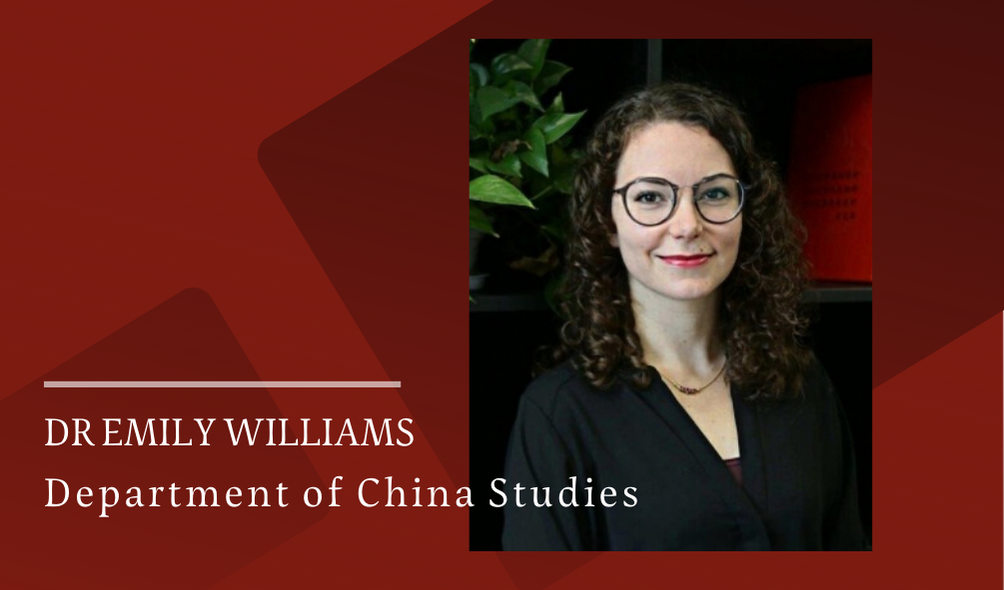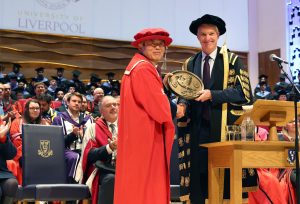22 Feb 2023
“We want to ensure that Chinese students could better understand their cultural identity when receiving international education.” Says Wanyue Fang, one of the SURF project members, majoring in China Studies.
This SURF project, led by Dr Emily Williams from the Department of China Studies, aims to help integrate Chinese ideology and politics into international high school education.

The project was based on the Suzhou Municipal High School International Curriculum Ideological and Political Curriculum, launched by the Suzhou Education Bureau, and mandatory for all international curriculum high schools in Suzhou. The topics cover politics, culture, economy, and morality.
Though the learning content is compulsory, project members still made a lot of efforts in designing and adapting the curriculum to fit the values of international high schools.
“The key goal is to get students involved in class discussion, critical thinking, and understanding, rather than teacher-centered information sharing.” Says Qiaozhi Zheng, another project member, majoring in China Studies.

“This means bringing activities into class teaching to build an ‘activity-reflection cycle’ is of vital importance.”
A general learning plan will be presented to the students at the beginning of each class, followed by a series of activities to introduce content and then assess their understanding towards the expected learning outcome.
In the lesson on establishing a correct view of money and consumption, a scenario was designed to examine students’ understanding towards the topic.
“The scenario is about whether it is necessary to buy uniforms for a sports competition,” Zheng says. “We gave them four purchasing plans from different perspectives. They were asked to identify which view of money and consumption these plans corresponded to and then evaluate each of the purchasing plans from both the negative and positive angle.”
Introducing more abstract concepts is more challenging for the project members. Chinese culture is one of them.
“It is such a mass culture with a profound history, how can you let the students fully understand everything within several classes.” Says Zheng.
Dr Williams, however, suggests approaching this big concept through a more figurative object such as the Chinese character (Hanzi).

“She said it is doable to present various character styles through the evolution of Hanzi in its corresponding historical periods and Hanzi could be presented to the students in the form of pictures or videos,” says Zheng.

“The students will naturally feel and form their understanding towards Chinese culture through calligraphy.”
Another innovation for the curriculum is the inclusion of pop culture to facilitate understanding, such as memes, cartoons, and topical language has been used in the PPT slides.

“These have been carefully designed according to each lesson topic to mainly encourage student engagement, increase their motivation, and help them relate to the academic content,” Fang says.
More advanced technology has also been drawn into the class such as Wordwall and Kahoot to monitor student learning in real-time.
“Curriculum design is not an easy task,” Fang says. “The classroom activities must not be repetitive and the whole focus is on leading rather than lecturing.”
“For us, it is also a breakthrough as we grew up in a more traditional learning environment, you have to always remind yourself to walk in the new path during the designing.” Zheng adds.

At the end of this project, all finished lesson plans and teaching materials will be provided to the international high school in Suzhou. After evaluation, these lessons will be incorporated into their curriculum and delivered to hundreds of students in the next academic year.
By Ying Jiang
Photos by SURF students
22 Feb 2023







